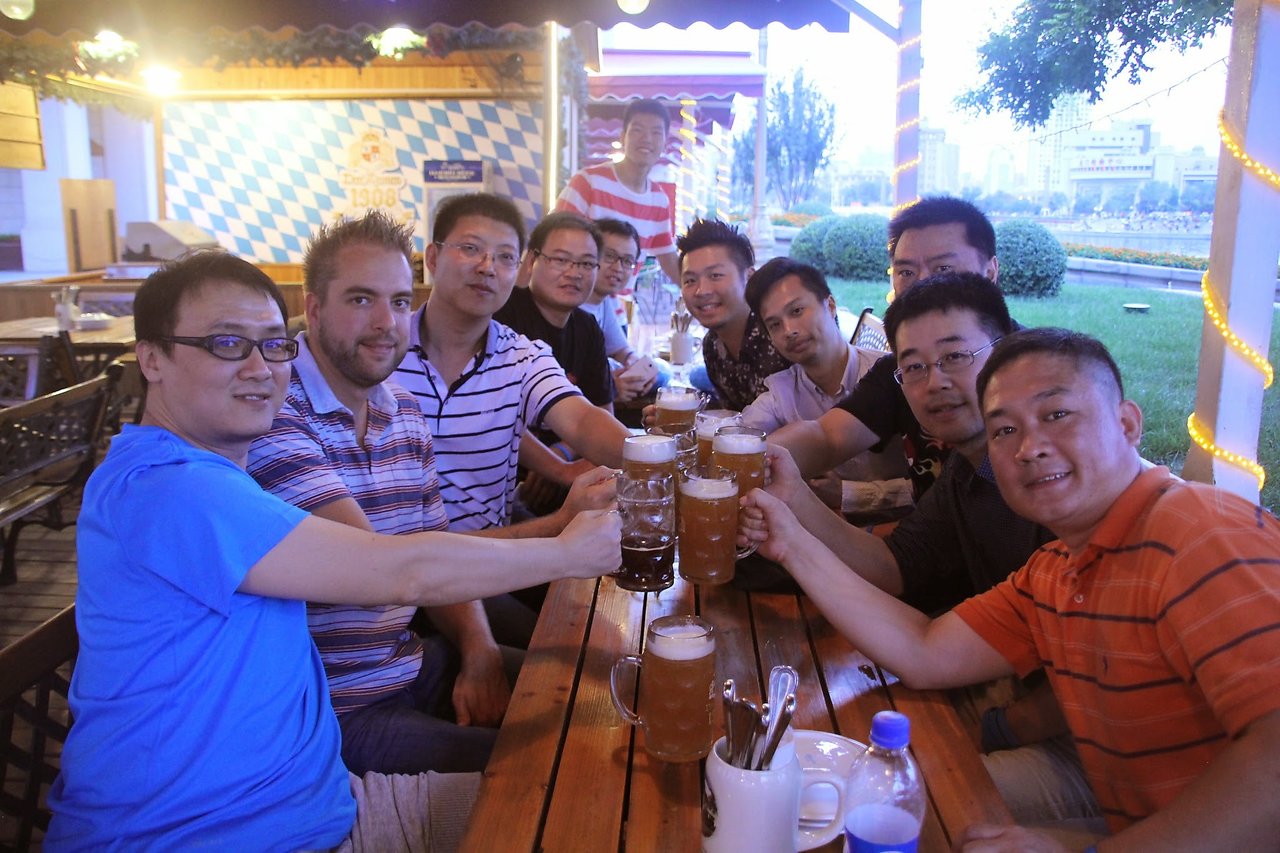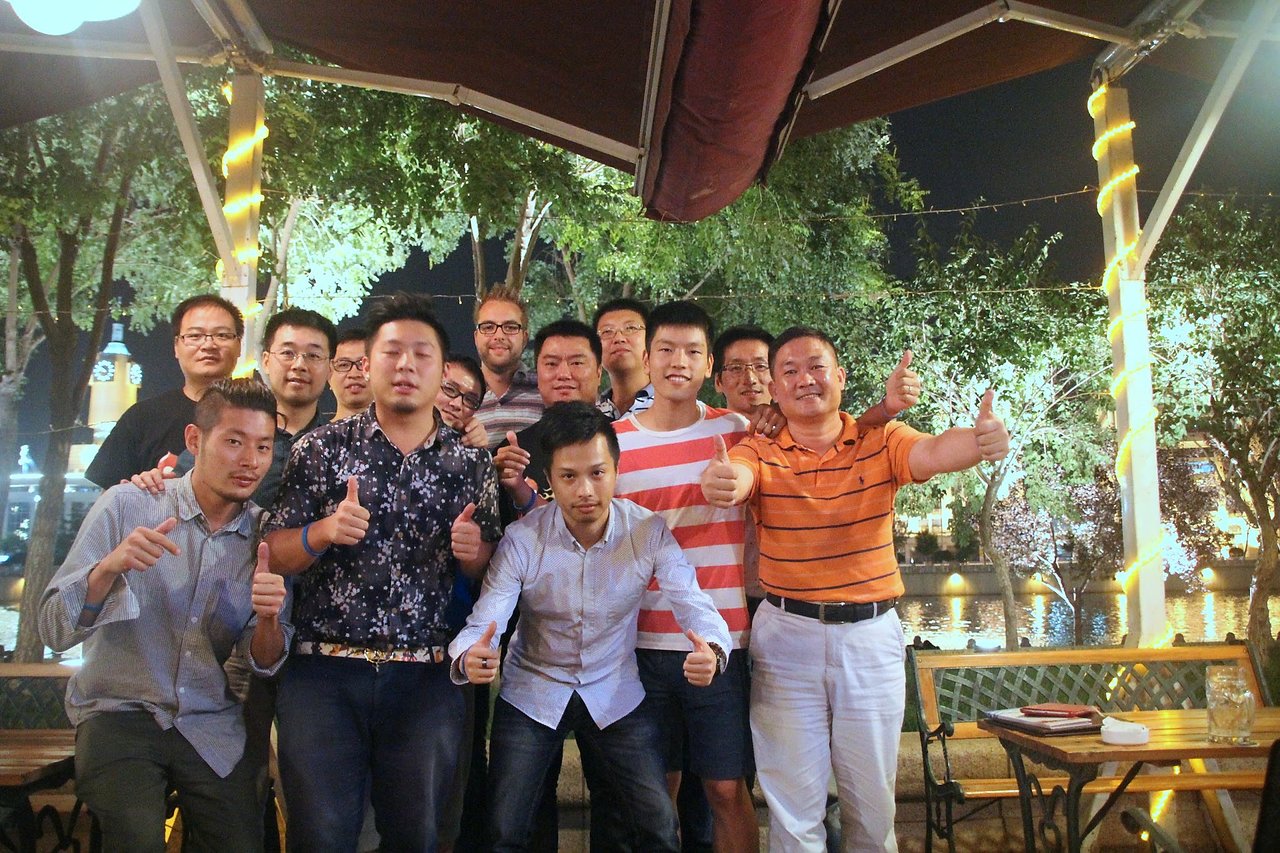Reflections on Drupal in China
I just spent the past week in China, and I thought I'd share a few reflections on the state of Drupal in China.
First, let me set the stage. There are 1.35 billion people living in China; that is almost 20 percent of the world's population. Based on current trends, China's economy will overtake the US within the next few years. At that point, the US economy will no longer be the largest economy in the world. China's rapid urbanization is what has led to the country's impressive economic growth over the past couple of decades and it doesn't look like it is going to stop anytime soon. To put that in perspective: China currently produces and uses 60 percent of the world's cement.
In terms of Drupal, the first thing I learned is that "Drupal" sounds like "the pig is running" ("Zhu Pao") in Chinese. Contrary to a pig's rather negative reputation in the West, many Chinese developers find that cute. A pig is a more honorable sign in Chinese astrology and culture. Phew!
In terms of adoption, it feels like the Drupal community in China is about 8 to 10 years behind compared to North America or Europe. That isn't a surprise, as Open Source software is a more recent phenomenon in China than it is in North America or Europe.
Specifically, there are about 5 Drupal companies in Shanghai (population of 21 million people), 3 Drupal companies in Beijing (population of 23 million people) and 5 Drupal companies in Hong Kong (population of 7 million people). The largest Drupal companies in China have about 5 Drupal developers on staff. Four of the 5 Shanghai companies are subsidiaries from European Drupal companies. The exception is Ci&T, which has 40 Drupal developers in China. Ci&T is a global systems integrator with several thousand employees worldwide, so unlike the other companies I met, they are not a pure Drupal play. Another point of reference is that the largest Drupal event in China attracted 200 to 300 attendees.

Given that China has 4 times the population of the US, or 2 times the population of Europe, what are we missing? In talking to different people, it appears the biggest barrier to adoption is language. The problem is that Chinese Drupal documentation is limited; translation efforts exist but are slow. The little documentation that is translated is often outdated and spread out over different websites. Less than 20 percent of the Chinese Drupal developers have an account on Drupal.org, simply because they are not fluent enough in the English language. Most Drupal developers hang out on QQ, an instant messaging tool comparable to Skype or IRC. I saw QQ channels dedicated to Drupal with a couple thousand of Drupal developers.
There is no prominent Chinese content management system; most people appear to be building their websites from scratch. This gap could provide a big opportunity for Drupal. China's urbanization equals growth – and lots of it. Like the rest of the economy, Drupal and Open Source could be catching up fast, and it might not take long before some of the world's biggest Drupal projects are delivered from China.
Supporting Drupal's global growth is important so I'd love to improve Drupal's translation efforts and make Drupal more inclusive and more diverse. Drupal 8's improved multilingual capabilities should help a lot, but we also have to improve the tools and processes on Drupal.org to help the community maintain multi-lingual documentation. Discussing this with both the Drupal Association and different members of our community, it's clear that we have a lot of good ideas on what we could do but lack both the funding and resources to make it happen faster.

Special thanks to Fan Liu (Delivery Manager @ Ci&T), Jingsheng Wang (CEO @ INsReady Inc.) and Keith Yau. All the Drupal people I met were welcoming, fun and are working hard.
—